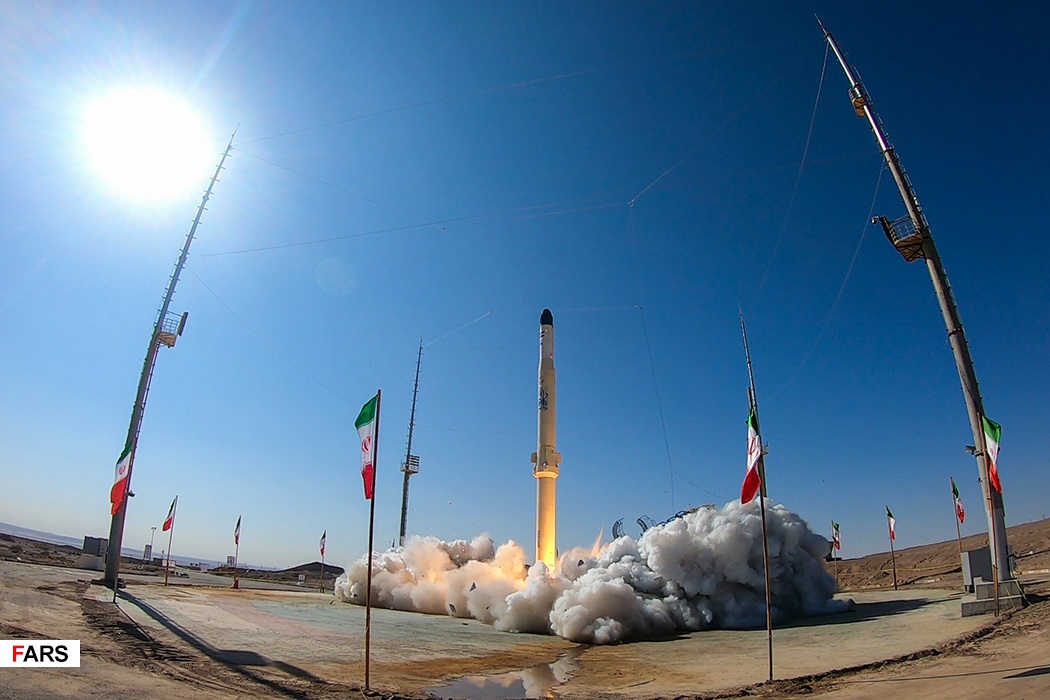Major General Ali Jafarabadi, in an interview with the IRIB state TV outlined the space unit’s continued efforts to support the IRGC’s reconnaissance, communications, and command and control operations.
General Jafarabadi detailed the capabilities of the Noor 3 satellite, which can capture high-resolution images with a five-meter precision from an altitude of 500 kilometers.
The satellite also features a signal collection sensor for communications interception, acting as a relay to enhance connectivity.
The Noor satellites primarily serve defensive support roles, including reconnaissance and data gathering.
Noor 4 is expected to be an upgraded version of Noor 3 with operational capabilities including establishing communications between military units and improving reconnaissance efforts.
General Jafarabadi emphasized Iran’s self-reliance in satellite technology, a necessity due to international sanctions and technology embargoes.
Despite these challenges, Iran has developed its launch vehicles, including the Qased and Qaem 100, which use solid and liquid propulsion systems, he explained.
Highlighting Iran’s position among the 10 nations capable of satellite launches, General Jafarabadi noted the unique aspect of Iran’s indigenous technology development. Unlike countries like India, which imports components, Iran has developed its capabilities domestically.
The IRGC collaborates with hundreds of Iranian knowledge-based companies for satellite and launch vehicle subsystems, ensuring a robust and independent space industry.
